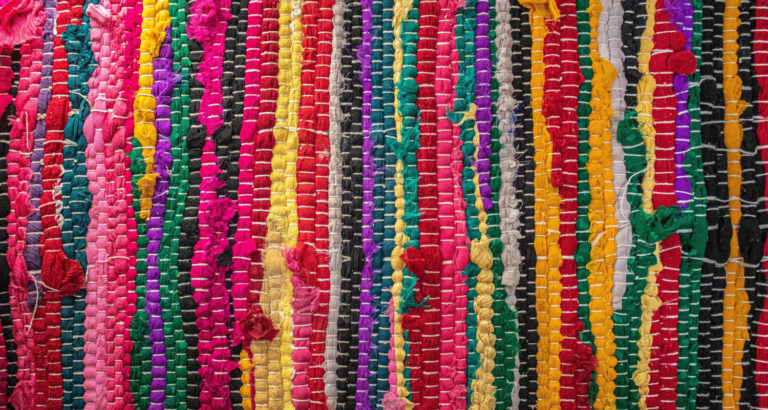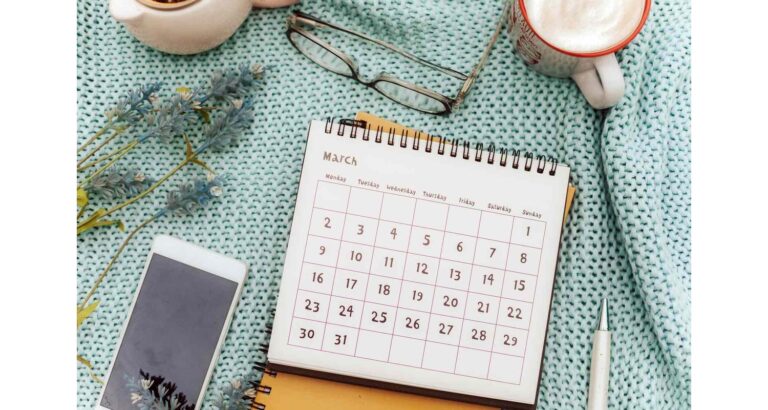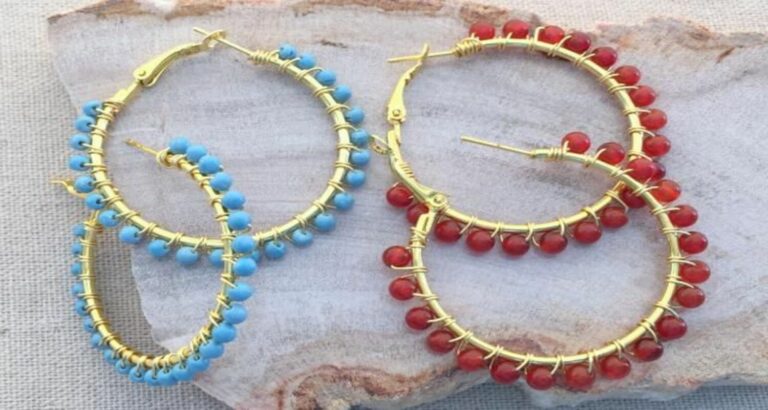Are you tired of lawn maintenance and unpredictable weather ruining your green space? Discover the perks of artificial grass and learn how to install it yourself. This guide will show you the simplest DIY method to create a lush, maintenance-free lawn that lasts all year.
To make artificial grass yourself, clear the area, ensure a flat surface, roll out the turf, trim to fit, and secure with adhesive or nails. It’s straightforward and can dramatically enhance your outdoor area.
Keep reading to master your DIY skills and transform your backyard into a stunning, low-maintenance retreat. Unlock the full potential of your outdoor space with our easy step-by-step guide!
Tools and Materials Needed
Before starting your DIY artificial grass project, gather the necessary tools and materials. This preparation ensures a smooth installation process.
Essential Tools
- Turf Cutter: Efficiently removes existing grass and levels the ground.
- Shovel: Essential for preparing the base layer.
- Broom: Helps in evenly spreading the base material.
Necessary Materials
- Artificial Turf: Choose a high-quality option that suits your climate and usage needs.
- Base Material: Usually crushed rock or sand, providing a stable foundation.
- Joining Tape: Essential for seamlessly connecting turf sections.
- Adhesives: Secure your turf to the base and prevent shifting.
Selecting the right quality tools and materials is crucial for a successful installation. Websites like LazyLawn and BuzzGrass offer a range of products tailored for different needs. Ensuring you have everything on this list will simplify your project and help achieve a professional-looking result.
Prepare your workspace by clearing the area of debris and tools post-installation. This keeps your work area safe and organized, allowing for a smoother workflow and cleaner installation finish. Remember, the right tools and materials are the backbone of your DIY success.
Preparing the Installation Area
Proper preparation of the installation area is key to a successful artificial grass setup. Here’s how to clear and prepare the ground effectively.
Clear the Area
- Remove Existing Lawn: Use a turf cutter to strip away any old grass. Ensure you get down to the soil to create a clean slate.
- Dispose of Debris: Clear out stones, roots, and other debris that might hinder the installation.
Excavate the Ground
- Depth Requirements: Excavate to a depth of about 2 to 3 inches. This space is necessary for the base material.
- Keep It Level: Ensure the surface is level. Use your shovel and rake to smooth out any irregularities.
Ensure Proper Drainage
- Test Drainage: Before proceeding, conduct a drainage test by pouring water on the soil. It should drain away within an hour.
- Adjust If Necessary: If drainage is poor, consider adding a layer of gravel or installing a more advanced drainage system.
According to DIY Doctor and BuzzGrass, ensuring that your ground is properly prepared will prevent issues like pooling water and uneven surfaces. This groundwork is not just about aesthetics; it’s about creating a durable and long-lasting artificial lawn.
Make sure the base is compact and smooth before moving on. Use a compactor or roller to firm up the base material, which should be a mix of sand and gravel. This compaction helps prevent sinking and ensures a flat surface for your artificial turf.
Taking the time to prepare your installation area thoroughly will result in a more professional finish and longer-lasting enjoyment of your artificial grass.
Laying the Base for Artificial Grass
Choosing the right base materials and laying them correctly are critical steps in installing artificial grass. Here’s a detailed guide to help you through the process.
Choosing the Right Base Materials
- Decomposed Granite (DG): This is a popular choice due to its stability and excellent drainage properties. It compacts well, providing a firm, yet permeable base.
- Foam Underlay: Particularly useful for play areas or where extra cushioning is desired. It also aids in drainage and adds softness underfoot.
Laying the Base Materials
- Spread the Material: Begin by spreading a layer of decomposed granite or your chosen base material over the cleared and leveled area. Aim for a thickness of about 1.5 to 2 inches.
- Level and Smooth: Use a rake or broom to evenly distribute the base material. Ensure the surface is level as this will affect the appearance and functionality of your artificial grass.
Compacting the Base
- Wet the Base: Lightly dampen the decomposed granite. This helps in the compaction process.
- Compact the Material: Use a plate compactor to press down the base material. This step is crucial as it prevents the base from shifting and ensures a smooth surface for your artificial grass.
According to sources like LazyLawn and Artificial Grass Direct Ltd, selecting the appropriate base material and ensuring it is properly compacted are vital for a successful artificial grass installation. These foundations not only support the turf but also facilitate proper drainage, which is essential for maintaining the longevity and appearance of your artificial lawn.
Take your time during this phase of the project, as a well-prepared base leads to superior results and satisfaction with your artificial grass. Ensuring a stable and level base now can save you from issues like uneven surfaces and pooling water in the future.
Installing the Artificial Turf
Installing artificial turf correctly is essential for achieving a professional look and ensuring long-term durability. Follow these detailed step-by-step instructions to lay your turf perfectly.
Unrolling and Cutting the Turf
- Unroll the Turf: Begin by rolling out your artificial turf over the prepared base. Allow it to rest for a couple of hours to eliminate any creases or folds from packaging.
- Align the Turf: Ensure the turf edges align with the borders of your area. Pay attention to the direction of the pile; it should face the same direction for a uniform appearance.
- Cut to Fit: Use a sharp utility knife to trim the turf around the edges or any obstacles like trees or posts. Make multiple shallow cuts rather than one deep one to maintain control and precision.
Laying the Turf
- Secure the Edges: Once positioned correctly, secure the edges of the turf. Use landscaping nails or ground stakes spaced every 6 inches along the perimeter. This prevents the turf from shifting or lifting.
- Ensure Smooth Surface: Walk over the turf or use a carpet roller to ensure the surface is entirely smooth and the base material underneath hasn’t shifted.
Seaming and Securing the Turf
- Position Seam Tape: If your installation requires multiple pieces of turf, place seam tape beneath the edges where two pieces meet. Ensure the tape is positioned centrally under the seams.
- Apply Adhesive: Spread a uniform layer of turf adhesive on the seam tape. Press down the edges of the turf onto the tape, ensuring they are tightly butted together without overlapping.
- Weight the Seams: Place a heavy object over the seamed areas for a few hours to ensure good contact and adhesive bonding.
According to Best Home Gear and Best Turf Store, aligning the pile direction and securing the seams properly are crucial for the aesthetic and functional success of your installation. LazyLawn also emphasizes the importance of using quality glues and correct seaming techniques for a seamless finish.
By following these steps, you will ensure that your artificial turf is not only visually appealing but also securely installed. The final look will be neat, with no visible seams or edges, providing a durable and maintenance-free green space for years to come.
Adding Infill and Final Touches
Adding the right infill to your artificial turf is essential for enhancing its stability, appearance, and longevity. Follow this guide to ensure a well-finished and functional turf installation.
Choosing the Right Infill
- Type of Infill: Different types of infill cater to different needs. Crumb rubber provides cushioning, making it ideal for play areas, while silica sand adds weight and helps the blades stand upright, enhancing the turf’s natural look.
- Quality Matters: Select high-quality infill like those recommended by Smart Turf® Artificial Grass and Best Turf Store, as they ensure better durability and performance of the turf.
Spreading the Infill
- Even Distribution: Use a drop spreader to evenly distribute the infill across the surface of your turf. This tool helps in maintaining uniformity, which is crucial for optimal performance.
- Apply in Stages: Layer the infill gradually. After each layer, brush the turf to help the infill settle down. This process ensures that the infill reaches the base of the turf, which is essential for stability and upright blade positioning.
Embedding the Infill
- Use the Right Tools: A power broom or a stiff brush is ideal for embedding the infill into the turf. These tools help push the infill deep into the base of the turf, securing the blades and ensuring they stand erect.
- Check Coverage: Ensure that the infill is evenly embedded across the turf. Inadequate infill can lead to flat turf and reduced lifespan, whereas too much can make the surface feel hard.
According to experts from Smart Turf® Artificial Grass and Best Turf Store, the right infill not only protects and supports the turf blades but also plays a crucial role in the drainage and overall functionality of your artificial lawn. Proper application and embedding of infill are key to achieving a lush, green appearance and extending the life of your artificial turf.
By meticulously spreading and embedding the infill, you add the final touches to your DIY project, ensuring that your artificial grass is as functional as it is beautiful. This last step is crucial for enjoying a stable and aesthetically pleasing green space.
Maintenance and Care Tips for DIY Artificial Grass
Proper maintenance extends the life and beauty of your DIY artificial grass. Here are essential tips to keep your turf looking pristine.
Regular Cleaning
- Routine Sweeping: Use a stiff brush or a plastic rake to remove leaves and debris. This prevents buildup that can affect drainage and aesthetics.
- Wash Regularly: Hose down your turf periodically to remove dust and pollen. This keeps the grass vibrant and fresh.
Addressing Minor Repairs
- Inspect Regularly: Check for loose edges or seams. Early detection makes repairs easier and prevents further damage.
- Patch if Needed: Use spare pieces of turf to patch any areas that might become worn or damaged. Secure them with adhesive and ensure seamless integration with the existing installation.
Maintaining Appearance
- Keep It Upright: Brush the turf regularly to keep the blades standing upright, especially in high traffic areas.
- Avoid Heavy Objects: Prevent indentation by avoiding placing heavy furniture or equipment on the turf for extended periods.
By following these simple care tips, you can ensure that your DIY artificial grass remains durable and visually appealing. Regular maintenance not only enhances the appearance but also maximizes the investment in your artificial turf.
FAQ Section
How to install artificial turf?
First, prepare the base by clearing and leveling the ground. Next, roll out the turf, ensuring the pile direction is uniform. Cut to fit, then secure the edges with nails or adhesive. Finally, add infill for stability and aesthetics.
What is the best base for artificial grass?
A mixture of crushed rock and sand provides a stable, well-draining base. This combination supports the turf and ensures longevity, even with regular foot traffic.
How do you join artificial grass?
Use seam tape and adhesive to connect pieces. Ensure edges are tightly aligned before applying the adhesive for a seamless look.
Can you put artificial grass on dirt?
Yes, but first ensure the dirt is compacted and level. Adding a layer of crushed rock or sand can improve drainage and stability.
How long does artificial grass last?
With proper installation and maintenance, it can last 10-15 years. Choosing high-quality turf and using suitable infill materials extend its lifespan.
Conclusion
Installing DIY artificial grass is a practical and rewarding project. By following the steps outlined—from preparing the base to adding infill—you can enjoy a beautiful, low-maintenance lawn for years. Share your experiences and tips in the comments to help others succeed in their DIY turf projects!

I am Sammy and I blog at Live it. Love it. Make it. It is creative lifestyle blog run by best friends H and Sammy. Head over and follow our crafty adventures!






